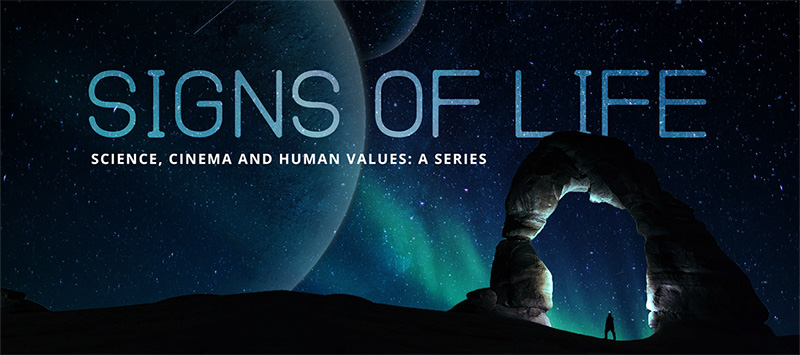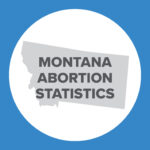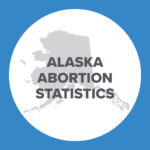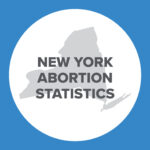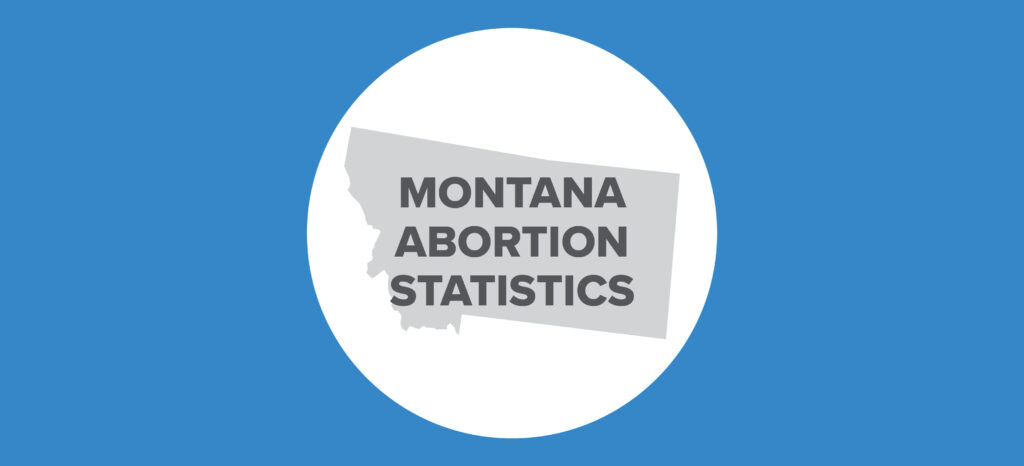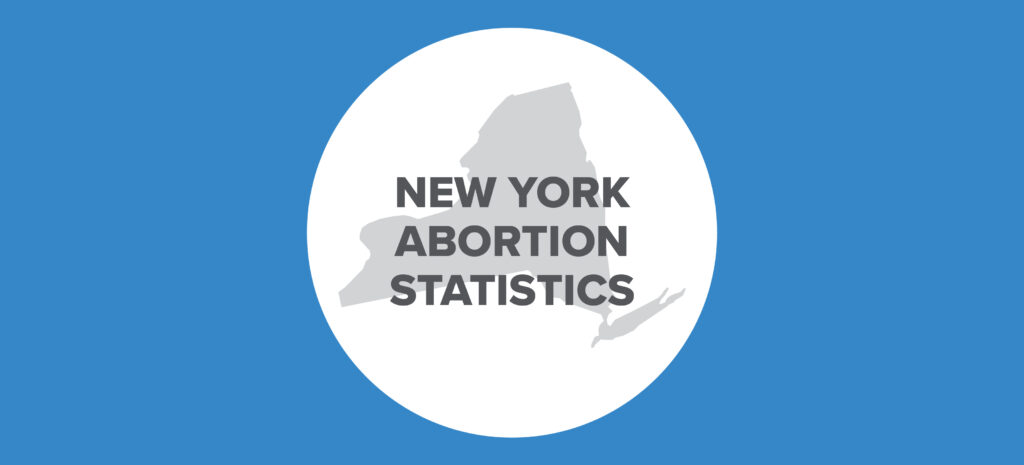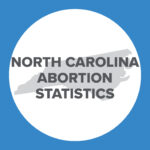Abortion Reporting: Connecticut (2021)
Connecticut’s 2021 abortion report was provided to the Charlotte Lozier Institute (CLI) by the Connecticut Department of Public Health upon request.
Statistics and Changes in Connecticut Abortions: 2020-2021

The report does not include information on Planned Parenthood’s Connecticut abortion market share.
There were 10,146 abortions reported in Connecticut in 2021, up 41 percent from 2020 (Fig. 1). Chemical abortions also increased dramatically, by 74 percent, from 3,763 in 2020 to 6,552 in 2021 and composing nearly two-thirds (65 percent) of the state total in 2021. CLI estimates that Connecticut’s abortion rate in 2021 was 14.8 abortions per 1,000 women ages 15-44, an increase of 40 percent (Fig. 2) over 2020. As of June 2023, 31 states have released 2021 abortion statistics, with 22 states reporting that abortions have increased.
State Report Summary
Almost all Connecticut abortions, 95 percent, were reported to have been performed on state residents. Rhode Island women accounted for not quite two percent, and Massachusetts as well as New York residents obtained a little over one percent of the abortions. Under one percent (0.64%) of the abortions were performed on other nonresident women from unspecified states.
Nine percent of the abortions were obtained by girls under the age of 20, including three percent on girls under the age of 18. Twenty-six percent of the abortions were on women in their early twenties, while 27 percent were on women in their later twenties. Thirty-three percent of the abortions were performed on women in their thirties. Four percent were performed on women age 40 and above. Age was not reported for one percent of the abortions.
The majority of abortions reported in Connecticut (90 percent) were performed in the first trimester at 12 weeks of gestation or earlier. Six percent were performed between 12 and 15 weeks. Two percent of abortions were performed at 16 to 18 weeks, and just under two percent occurred at 19 weeks and beyond. Less than one percent occurred at unknown gestational ages.
Well over half of Connecticut abortions were chemical (65 percent). Just over a quarter (26 percent) of the abortions were conducted using sharp curettage (D&C), a major increase from 2020, when just 40 D&C procedures were reported. The Connecticut Department of Public Health informed CLI that differences in the categorization of procedures between the paper and electronic versions of the state’s abortion reporting form accounted for the change. Six percent of the abortions were performed via dilation and evacuation. Three percent were conducted using suction curettage, a decrease of 89 percent from 2020. There was one hysterectomy or hysterotomy abortion and one intrauterine instillation abortion. Two abortions were performed using other means, while 62 abortions were performed using unknown methods.
Eighty-nine percent of the abortions reported in Connecticut were performed in clinics, while six percent were hospital outpatient procedures. Just over one percent of the abortions were performed as hospital inpatient procedures, and three percent were performed in doctors’ offices or other medical facilities.
Legislative Changes in Connecticut
Prior to the reversal of Roe v. Wade in June 2022 by the United States Supreme Court, the Connecticut legislature passed expansive abortion legislation in April 2022. The legislation, HB 5414, is in effect a ‘safe harbor’ law that shields women receiving and medical professionals performing abortions in Connecticut from legal action, including women and abortionists from states with pro-life protections. This legislation also expanded the type of medical professionals who could perform chemical and vacuum aspiration abortions to not only physicians but also advanced practice registered nurses, nurse midwives, and physician assistants. This legislation went into effect on July 1, 2022. Following the reversal of Roe, the vague gestational limits in place in Connecticut remained in force. The state continues to prohibit abortion after viability, which is undefined in the statute code and a 2018 summary of Connecticut’s abortion laws at the time published by the state’s Office of Legislative Research. A solicitor general memo released in October 2022 indicates that viability occurs “around 24-28 weeks into pregnancy.” Confusingly, an official Connecticut government website summarizing women’s abortion rights in Connecticut promises the right to elective abortion until 24 weeks, but state regulations, §19-13-D54, current through May 4, 2023, note that abortions may not occur “[d]uring the third trimester of pregnancy” except “when necessary to preserve the life or health of the expectant mother.”
State Ranking
In CLI’s 2016 paper ranking abortion reporting across the United States, Connecticut’s reporting was ranked at 41st best. As CLI has previously recommended, Connecticut could make its abortion reports more accessible to the public by publishing them online. Connecticut could also report demographic information that is reported by many other states and the Centers for Disease Control and Prevention, including the race, education, pregnancy history, and marital status of women who obtain abortions. Connecticut could also collect and report data on abortion-related complications, especially since chemical abortion use in Connecticut skyrocketed in 2021 and chemical abortions are known to be more dangerous than surgical abortions.
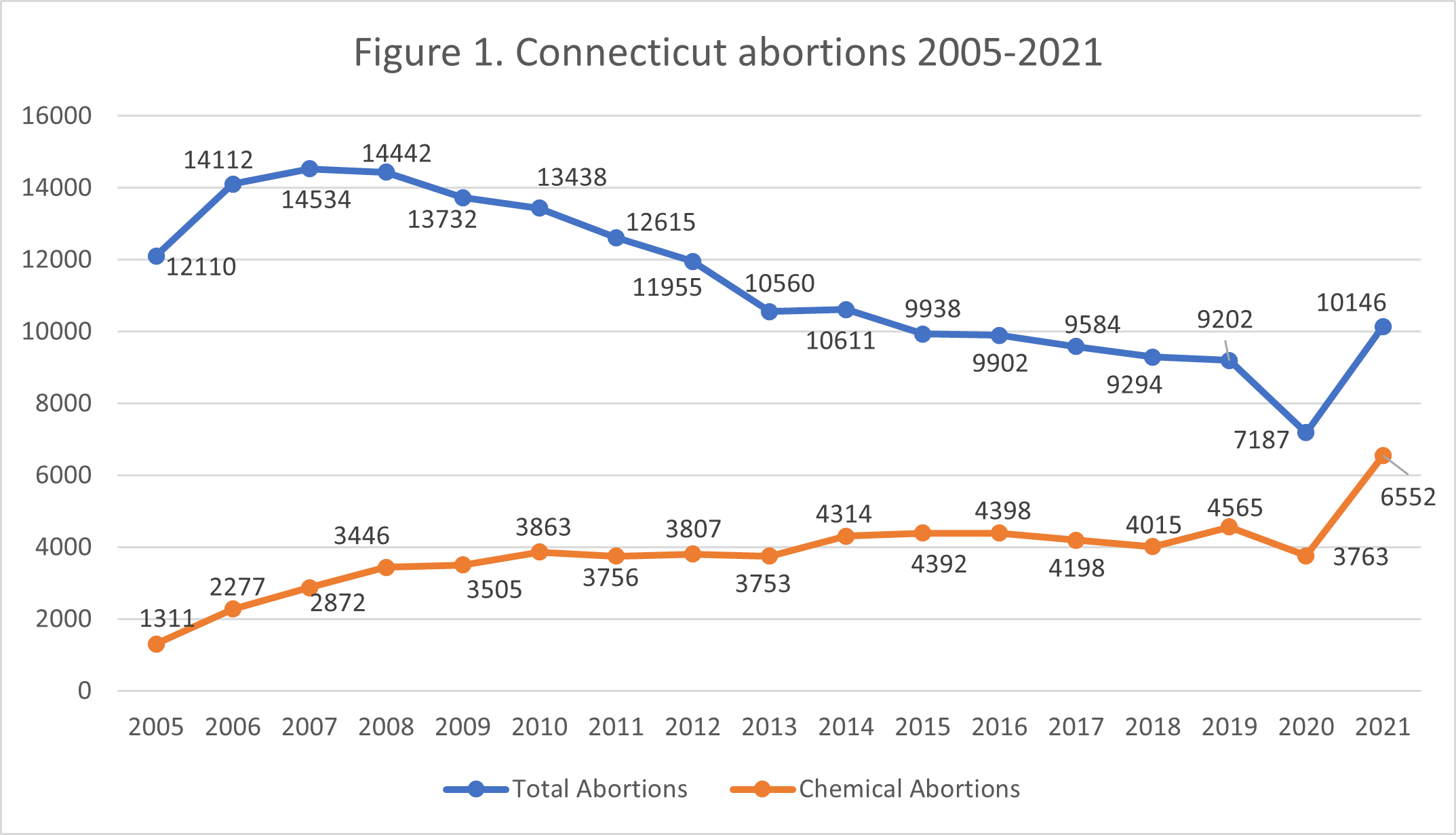
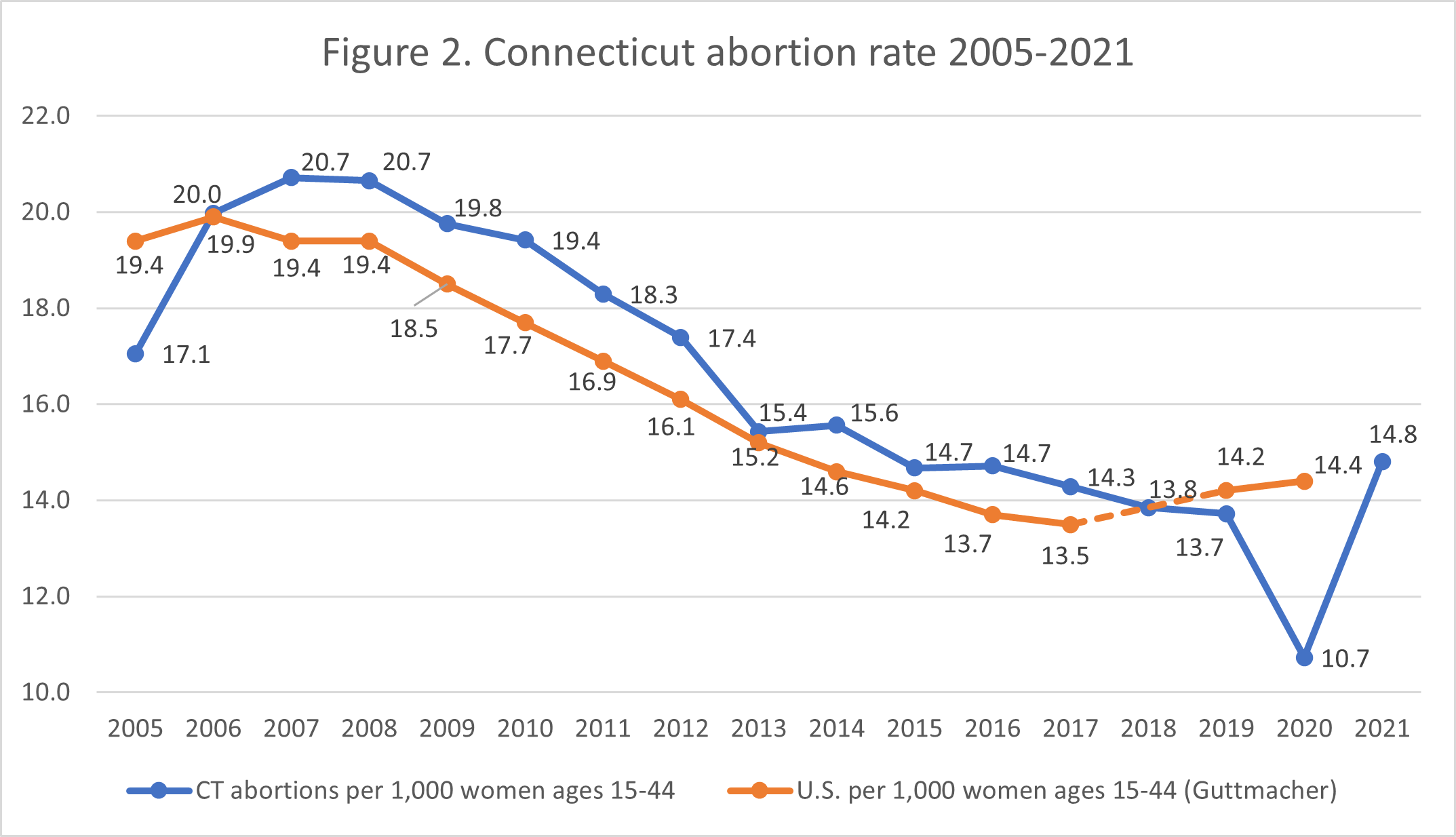
- Rates were calculated by CLI using the following formula: (total number of abortions performed in Connecticut ÷ number of resident women ages 15-44) x 1,000. Rates may differ slightly from previous CLI articles due to revised population estimates. Population estimates were obtained from CDC WONDER. Estimates for 2005-2009 are intercensal estimates of the July 1 resident population. Estimates for 2010-2019 are Vintage 2020 postcensal estimates of the July 1 resident population. Estimates for 2020-2021 are Vintage 2021 postcensal estimates of the July 1 resident population. Estimates were produced by the U.S. Census Bureau and the National Center for Health Statistics.





